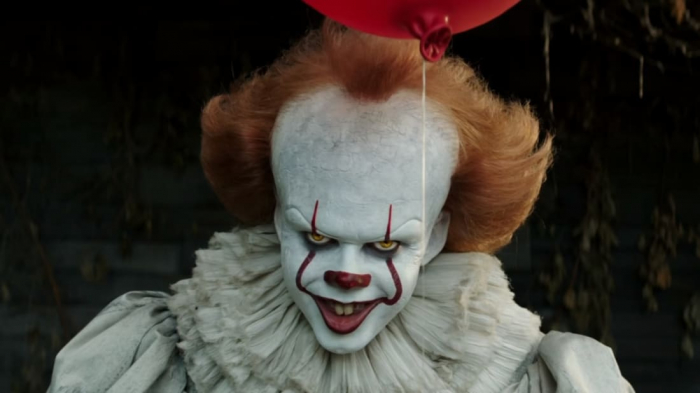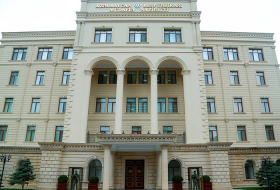To begin with, a clown’s makeup can be unsettling. It hides not only the person’s identity but also that person’s feelings. Worse, the makeup can result in mixed signals if, for example, the clown has a painted-on smile but is frowning. Then, there’s the uncanny nature of the makeup itself. The oversized lips and eyebrows distort the face so that the brain perceives it as human but slightly off. That oddness is heightened by a clown’s bizarre costume. In addition, clowns are highly unpredictable as well as mischievous, which puts people on edge. Are they going to squirt water at you or give you a flower?
These psychological discomforts produce a fear that is then stoked by negative portrayals of clowns in popular culture. According to some, 1970s American serial killer John Wayne Gacy—who performed as Pogo the Clown at charity events and children’s parties—solidified the idea of the evil clown, and that trope became common in horror movies and books. So perhaps it’s not surprising that a 2016 poll found that Americans were more afraid of clowns than of a terrorist attack or even dying.
Read the original article on britannica.com.
More about:
















































